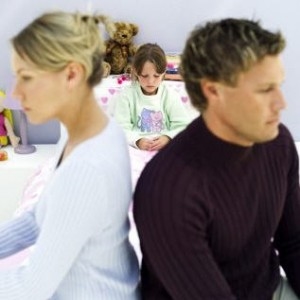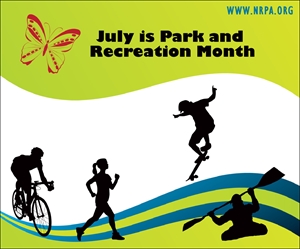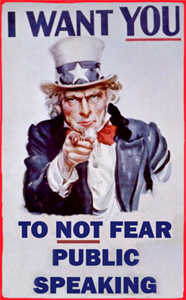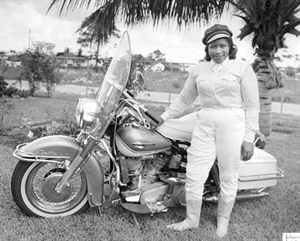Women With Alopecia Month on July, 2024: I have Alopecia what can I do if I want to get my hair back?
July, 2024 is Women With Alopecia Month 2024. July Is International Alopecia In Women Awareness Month! treatments female 8col July is International Women with Alopecia Areata
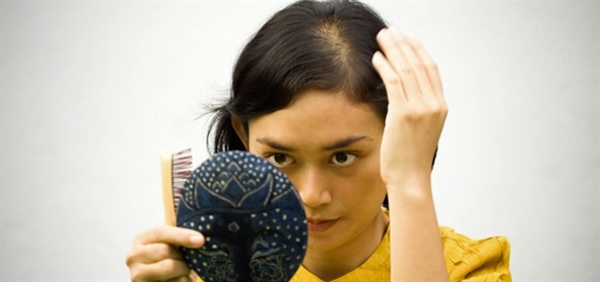
There is no cure for alopecia and no universally proven therapy to induce hair re-growth and sustain remission, however, there are treatments. The effectiveness of treatments tends to vary and something that works well for one person may not work well for another. If you find one treatment doesn't work don't assume others won't either. However, bear in mind for some people none of the treatments are effective. Treatments for alopecia are generally divided into two groups:
1. People with less than 50% hair loss
2. People with over 50% hair loss
All of the therapies have documented side effects, some of which can be unpleasant. Treatments such as topical immunotherapy can be very time consuming. Individuals may decide that some of the adverse effects of treatment and the unpredictable outcome are unacceptable.
Treatment for less than 50% hair loss
Corticosteroids: Today, corticosteroids are the most common treatment for alopecia. In mild cases of alopecia the first choice of treatment would be a corticosteroid cream or lotion which is applied directly to the area(s) of hair loss. Alternatively an injection of corticosteroid can be given directly onto and around the bald area(s).
Side Effects: Side effects are generally rare when corticosteroids are used for a short time. However, when they are taken by mouth and when used over a longer period, they may lower the body's ability to fight off infections or may make infections harder to treat. Other common side effects include changes in appetite (increase or decrease), nervousness, restlessness, sleep problems, and indigestion. These problems usually go away as the body adjusts to the drug and do not require medical treatment. Less common side effects may occur with some forms of corticosteroids. Gels or creams may irritate the skin. Again, these side effects do not need medical attention unless they don't go away or they interfere with normal activities. More serious side effects are very unlikely, but they may occur.
In the UK corticosteroids are only available on prescription.
Effectiveness: This type of treatment can sometimes result in a recovery or can cause hair to grow only for the period during which the treatment occurs, so when the treatment is stopped the hair may fall out again. In the case of corticosteroid injections an average of 4 to 6 monthly injections are usually required for significant improvement. However although some re-growth is common it does not always occur.
IRRITANT CONTACT SENSITISATION: Dithranol (also known as Anthralin)
Dithranol is a tar-like ointment that is applied to the scalp and is especially good in the treatment of psoriasis (a skin condition causing red scaly patches). The pharmacist can compound it in various different pastes, ointments, and creams, and the strength may vary from 0.1 to 4%.
Side Effects: It can irritate the skin when applied and can cause burning and redness. It can also stain.
Available on prescription. Commercial and spontaneous Dithranol preparations are inexpensive and, in most cases, the cost is easily covered by the prescription charge. If Dithranol has to be applied by a trained nurse, or combined with UVB therapy, the cost rises sharply but the treatment can then be more effective.
Effectiveness: Dithranol can be effective even if only left on the skin for 10 minutes. This 'short contact' method allows stronger concentrations of Dithranol to be used with much less burning and staining. The stronger the Dithranol, the better the effect on psoriasis.
Retin A / Tretinoin: Retin-A was originally used for the treatment of acne and other skin problems. However studies have shown that Retin-A, when used alone in the form of a gel, which is rubbed onto the area of hair loss, or in combination with topical Minoxidil can result in moderate to good hair growth in individuals with Alopecia. It is recommended that Minoxidil is used in the morning and Retin-A in the evening as Retin-A increases the skin's sensitivity to sunlight.
Side Effects: Immediately after applying, the skin may feel warm or mild stinging or redness may occur. Some peeling of the skin may occur. These effects should subside as your skin adjusts to the medication.
1 tube of Retin-A cream starts at around £20 at online pharmacies. Generally the more you buy the less each tube is.
Effectiveness: Studies have shown that Retin-A, when used alone in the form of a gel, which is rubbed onto the area of hair loss, or in combination with topical Minoxidil can result in moderate to good hair growth in individuals with alopecia.
I RECOMMEND YOU SEE THE DOCTOR BEFORE USING ANY COMMERCIAL MEDICATION
The sites below have much more detailed information for you.
A work colleague of mine had this last year - and it cleared up on its own after about 4 months.
Good luck.
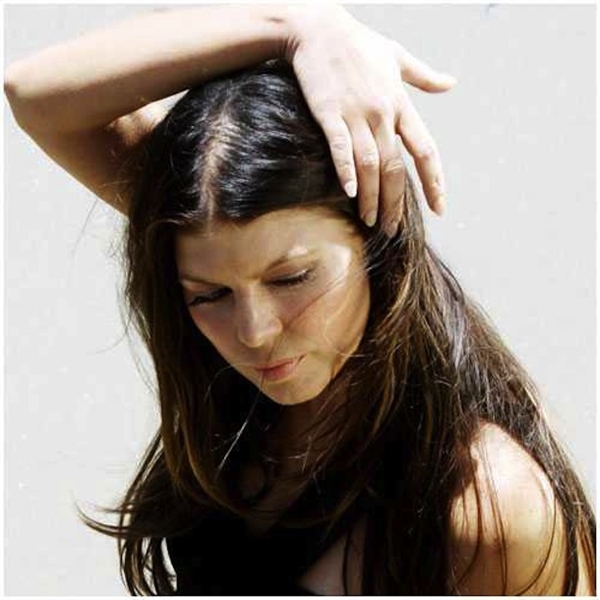
Do I have Alopecia again?
I have alopecia too. I had it in middle school. It grew back real quick, roughly 6 months. Then I had it again senior year of high school. Took about 2 years to fully re-grow. Now I have it again, 2-3 years later and has not grown back for 2 years. I'm sorry to say, the probability of you having alopecia again is very high, especially since it started before puberty. What pattern is it falling out in? Is it just circular patterns randomly on the scalp? Or, is it around the border of your hairline? If its around the border of your hair too, like near the nape of your neck or ears, then it will most likely be unlikely that alopecia will get better... permanently.
I know its hard to deal with. High school might be rough. Make sure you have close friends and that your honest. Senior year of high school was good for me because my friends were so nice. They never judged. Many boys didn't even mind too! I was up front though. I didn't take about it much and come to find out now, everyone thought I had leukemia or some other cancer. Be real with yourself and others.
Again, about myself. I don't go to the doctor anymore. Maybe I'll go soon since its been a while to see if there is been any changes in treatment. However, treatment is limited since its not life threatening there hasn't been much research.
Steroid shots worked - in a limited fashion (I don't recommend it as steroids are bad to take as the affect growth and development and since your 14, that wouldn't be good to take ... at least not orally, which I did also)
Squaric acid worked real well when I was in middle school - the only time I recieve it. That works by irritating the scapl and directing your immune system away from your hair follicles and to the skin on your scalp instead.
Rogain has worked for mild cases of alopecia
Nioxin has been used by a friend with severe alopecia and worked real well for her...not for me though
Some studies have linked alopecia to high levels of testosterone in women, I haven't looked into that though. You could ask your doctor.
Also, thyroid disorders are high liked to alopecia. Your doctor should have already checked your thyroid though. If not, get your thyroid checked because that can be treated.
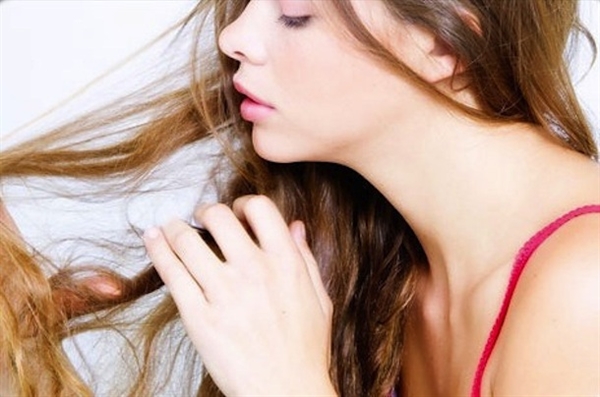
ALOPECIA ?
You need to go to a dermatologist and get a check up. Ask about Prednisone pills and Clobex spray. Go to Walmart and get some biotin supplements. The bottle might say something about hair and nails formula. Walmart has Rogain for women and the store brand version. Getting your hair cut short might help keep more from falling out. Don't wear tight pony tails or barrettes. Use headbands. Buy a couple of cute hats so you feel more comfortable.
Stress is a common cause of alopecia. One kind of alopecia is spotty coin sized bald spots which is different that the all over hair loss you are describing.





